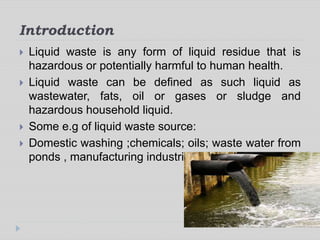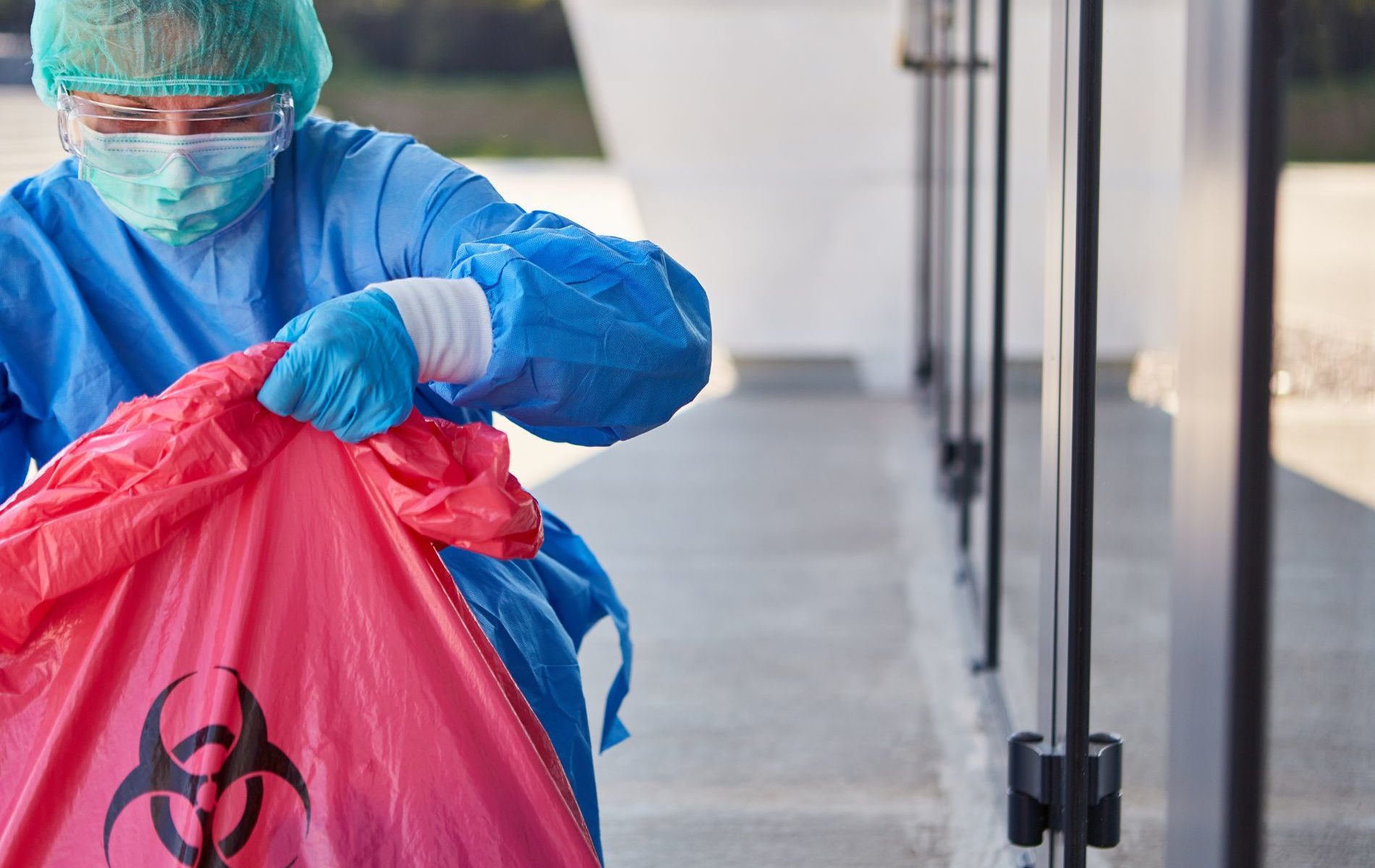Fascination About Reclaim Waste
Fascination About Reclaim Waste
Blog Article
Reclaim Waste Fundamentals Explained
Table of ContentsAll about Reclaim WasteRumored Buzz on Reclaim WasteExamine This Report on Reclaim WasteGetting My Reclaim Waste To WorkThe Buzz on Reclaim Waste
Domestic sewage waste refers to the waste and products from a domestic septic tank. The correct monitoring and disposal of domestic sewer waste need fluid waste to be transferred to a sewer treatment plant where the proper approaches and equipment are applied to cleanse and dispose of waste.
Business waste commonly includes potential risks, such as combustible products or a mixture of fluid and strong waste products, and calls for an advanced and in-depth disposal procedure. The disposal of commercial waste normally involves the filtration of waste prior to transport to make certain secure and appropriate disposal. Hazardous waste is developed from by-products and overflow of commercial procedures and production.
This kind of waste can not make use of the exact same sewer monitoring transport or processes as septic or industrial liquids. The hazardous waste management procedure needs the evaluation and testing of liquid waste before it goes through the disposal procedure (liquid waste disposal melbourne). Runoff waste is the liquid waste that comes from runoff and excess stormwater in very populated areas or cities
Runoff waste can cause contamination and flooding if not handled appropriately. Guaranteeing proper waste monitoring can avoid disasters and lower ecological damage.
Fascination About Reclaim Waste
Get in touch with PROS Solutions today to discover our waste administration and disposal solutions and the proper ways to care for the liquid waste you produce.
(https://www.anyflip.com/homepage/imqzz#About)Do you recognize what occurs to your water when you end, flush the commode or drain the washing machine? No? Well, it's worth recognizing. This supposed 'wastewater' is not only an essential resource but, after therapy, will be launched to our land, waterways or the sea. Utilized water from commodes, showers, bathrooms, kitchen sinks, washings and commercial procedures is known as wastewater.

water utilized to cool equipment or clean plant and devices). Stormwater, a kind of wastewater, is overflow that moves from agricultural and metropolitan locations such as roofings, parks, gardens, roads, courses and gutters right into stormwater drains pipes, after rain. Stormwater streams neglected straight to neighborhood creeks or rivers, ultimately getting to the sea.
Reclaim Waste Fundamentals Explained
In Queensland, a lot of wastewater is treated at sewage treatment plants. Wastewater is carried from residential or industrial sites via a system of sewage systems and pump terminals, recognized as sewage reticulation, to a sewer therapy plant.
The Department of Natural Resources advises local federal governments concerning managing, operating and keeping sewage systems and therapy plants. In unsewered areas, city governments may call for owners to set up individual or household sewer therapy systems to treat domestic wastewater from toilets, kitchens, bathrooms and washings. The Department of Natural Resources authorises making use of home systems when they are proven to be reliable.
Most stormwater gets no treatment. In some brand-new subdivisions, therapy of some stormwater to remove clutter, sand and gravel has started utilizing gross toxin catches. Wastewater treatment takes place in 4 phases: Gets rid of solid matter. Larger solids, such as plastics and other objects wrongly discharged to sewage systems, are removed when wastewater is passed with screens.
Wastewater then moves into huge storage tanks where solids work out and are gotten rid of as sludge. Grease and scum are skimmed from the surface. Uses tiny living organisms called micro-organisms to damage down and remove staying dissolved wastes and fine particles. Micro-organisms and wastes are included in the sludge. Gets rid of nitrogen and phosphorus nutrients that could trigger algal blossoms in our waterways and endanger marine life.
Reclaim Waste Things To Know Before You Get This
Nutrient elimination is not readily available at all sewer treatment plants due to the fact that it calls for pricey specialised tools. Clear fluid effluent created after treatment may still contain disease-causing micro-organisms - liquid waste removal.

This normally indicates wastewater has actually to be dealt with or contaminants removed prior to it can be released to waterways. Many wastewater flows into the sewage system. Under the Act, city governments administer approvals and permits for ecologically relevant this website activities (Periods) including wastewater releases that could have a neighborhood effect. The department carries out approvals and licences to Periods involving wastewater launches that may have a local or statewide impact.
An Unbiased View of Reclaim Waste
Surveillance offers accurate info regarding water top quality and can verify that permit conditions are being satisfied. The details gotten via tracking provides the basis for making water quality decisions.
Report this page